When considering roof damage, the obvious culprits are usually what spring to mind: hailstorms, wind, or time as shingles age and wear. But not all defects are the result of Mother Nature. Insurance adjusters must be able to identify all deficiencies, including mechanical damage to a roof. Let’s explore this topic and uncover the tell-tale signs of mechanical damage.
What does mechanical damage mean?
Mechanical damage can be simply classified as harm caused to a material due to human activity rather than a single weather event. More often than not, mechanical damage is unintentional and results from carelessness or accidental contact with said material. Some examples would be fractured siding as a result of rocks being flung by lawnmowers, tearing/creasing of shingles during a roof repair, bent gutter from ladder access setup, cracked ridge caps from being walked extensively, or excessive wear and tear from trees making regular contact with the roofing material which is a maintenance issue.
However, a ladder assist roof inspection isn’t about pointing fingers. It’s about providing factual-based evidence from HAAG-certified professionals for a fair and accurate claim assessment.
Common causes of mechanical damage to a roof
Mechanical damage can often happen during routine and necessary work. A simple mistake or the unpredictability of working at heights or on steep pitches can lead to harm. Here are typical scenarios where it might happen:
-
- Routine roof inspections and maintenance
-
- Laying or replacing shingles
-
- Placing rooftop equipment, such as satellite dishes or solar panels
-
- Cleaning gutters
-
- Construction or modifications on or near the roof
Types of mechanical damage
Recognizing specific marks or signs can help you determine the type of roof damage. Here are some of the most common types of mechanical damage you might encounter.
Tool damage
Mishandling tools or accidentally dropping them can leave marks on roofs, particularly on asphalt shingles. It can look like scratches, scrapes, or blunt force trauma in the roofing material.
Cuts
Cutting/shaping of shingles during installation is a very common cause of mechanical damage. When the proper types of blades aren’t utilized (hook blades), or when a backer is not put in place when a shingle must be cut, the blade of the cutting tool inadvertently cuts through an already installed shingle.
Scuffing/Marring
One of the more subtle forms of mechanical damage is scuffing/marring which leads to granule loss, which can significantly reduce the overall expected lifespan of the material. Foot traffic over the roof is a common cause, especially along paths where workers have been actively traveling/traversing the roof or in areas of repair.
Foot Fall
The potential for mechanical damage is not contained to just asphalt composition shingle roofing systems. Metal, clay, concrete, slate, or wood roofing products can all be susceptible to footfall damage. Mechanical damage from footfall can manifest in the form of bent/collapsed striations of metal panels or broken/fractured tiles.
Damage on Repair
Repairs to a shingle roofing system can be a difficult and cumbersome task depending on several factors including height & pitch. If caution is not taken, including the use of special tools, significant damage can occur to surrounding shingles or other materials as a result of the repair process.
How to know it’s mechanical? Clues to look for
Understanding whether roof damage is mechanical comes from looking for signs and patterns that hint at human interaction. As an adjuster, knowing where to look and watch for is crucial to assessing your claims. Consider these signs that might suggest mechanical damage:
-
- Correlating evidence, or lack thereof, of wind/hail/fire damage elsewhere
-
- Focused damage in potential work areas or travel corridors
-
- Unusual granule bunches pressed into the shingle
-
- Scraping, cutting, or cracking that isn’t consistent with policy named perils
Additionally, consider the geographic and structural variables of the roof. Warmer climates and steeper inclines can increase the likelihood of mechanical damage.
Ensure accurate claims assessment
Accurate and fair roof inspections are essential for both adjusters and property owners. Knowing whether the damage is weather-related or mechanical is vital, but figuring out the cause can be tricky. Knight’s Solutions is your trusted partner, providing ladder-assist inspection services for insurance carriers and adjusters. Visit our portal to book an inspection today.
Knight’s Solutions technicians conduct inspections and provide emergency services, guided by the acting adjuster. Our HAAG-certified professionals utilize technology to provide thorough documentation, offering advisory support to insurance adjusters. Operating independently of insurance companies, our non-binding assessments provide an impartial perspective, assisting in informed decisions on potential damage. Not licensed claims adjusters, we acknowledge the final decision rests with the insurance company and designated adjuster regarding the validity of our documentation and claim settlements.

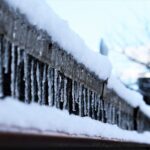
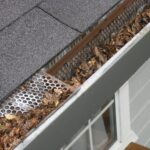
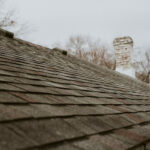

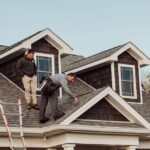


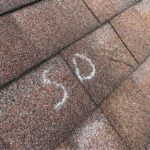
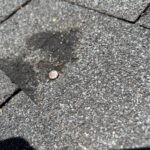
Recent Comments